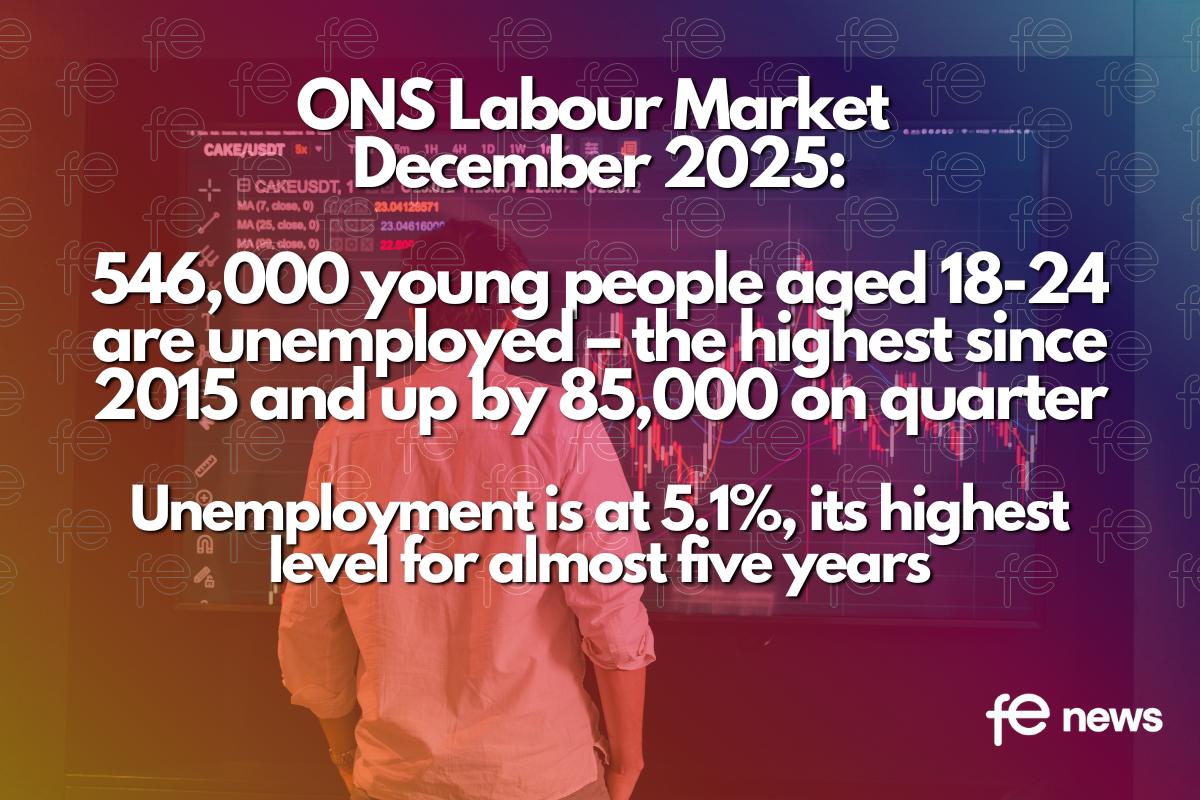Re-opening schools and colleges – 6 points that needed careful consideration

@IrwinMitchell Answers Employers’ Questions
The government has asked schools and FE colleges to start to re-open from 1 June for some students and has published guidance to support the transition.
There’s huge controversy around this issue. The British Medical Association have said that Covid-19 infection rates are too high for England’s schools to reopen and many teaching unions are still consulting their members about returning to work and have called on the government to publish scientific data to support its assertion that transmission from children to adults is low.
It’s therefore far from clear whether enough teachers and teaching assistants will return next month to run classes.
Many schools and colleges have remained open to the children of key workers and those who are vulnerable. But opening up to a wider group of children will need careful preparation.
This article explains the issues you will need to consider as an employer within eduation:
1. Conduct a risk assessment
All employers must take all reasonable steps to ensure that their staff work in a safe environment. If risks are identified, you must reduce these to the lowest practicable level.
Before re-opening, or extending teaching to a wider group of pupils, you must carry out a Covid-19 risk assessment. General guidance produced by the HSE states that you must:
- identify what work activity or situations might cause transmission of the virus
- think about who could be at risk
- decide how likely it is that someone could be exposed
- act to remove the activity or situation, or if this isn’t possible, control the risk.
Each of these steps must be carefully considered and documented.
In the context of schools and colleges, Public Health England have said that the risk of transmission will be lowered if they apply ‘comprehensive infection control measures’.
You should also read and follow new guidance: Covid-19: implementing protective measures in education and childcare settings which recommends:
- minimising contact with individuals who are unwell by ensuring that those who have coronavirus symptoms, or who have someone in their household who does, do not attend childcare settings, schools or colleges
- cleaning hands more often than usual
- ensuring good respiratory hygiene by promoting the ‘catch it, bin it, kill it’ approach
- cleaning frequently touched surfaces using standard products, such as detergents and bleach
- minimising contact and mixing by altering, as much as possible, the environment (such as classroom layout) and timetables (such as staggered break times)
The government has said that the majority of staff won’t need PPE beyond what they normally need for their work – even if they are not always able to maintain a distance of two meters from others.
2. Consult health and safety representatives
Where unions are formally recognised, you must consult with the unions on health and safety matters and discuss your proposals for making your workplace safe for staff with union H&S representatives. If you fail to do this, it will give rise to issues under your collective bargaining arrangements and a breach of specific statutory duties.
If you don’t have a union representative or a collective agreement, then you need to consult with your employees directly – as individuals or through workforce elected H&S representatives. If unions do not engage, you may need to go direct to staff on the proposals for workplace arrangements – but you should get further legal advice before doing so.
Consultation involves giving information and taking into account what health and safety representatives say before making any health and safety decisions. Be open to comments and suggestions. The law doesn’t state when you must consult, or for how long, but it does say it should be ‘in good time’. In practice, this means you have to allow time for your employees to consider the issues and provide them with informed responses.
3. Consider individual circumstances
You will need to know which members of staff fall into the clinically extremely vulnerable category (and must remain at home) and those who are clinically vulnerable. We recommend that you undertake individual risk assessments for those who are clinically vulnerable to ascertain whether it is safe for them to return to work. In most cases, they should be allowed to work from home.
You’ll also need to consider what, if any, evidence you need from individuals who are in the vulnerable groups. In some cases, you can ask and reasonably expect evidence of a health condition to be provided (to be held and processed as sensitive personal data). In others, and in particular where they live with a vulnerable person, you cannot insist on this evidence being provided as the person affected is not your employee.
You should also consider which members of staff use public transport to travel to work as current guidance is to avoid public transport where possible. You’ll need to consider how busy their route is likely to be and, perhaps look at other ways in which staff can travel safely.
The Government has published safer travel guidance for passengers which asks users to ‘consider all other forms of transport before using public transport’. Where there is no alternative people are advised to; maintain social distancing (and wait for another service is their bus/train is already full), travel off peak and wear a face covering. Clearly this requires flexibility of the employer in terms of usual start and finish times.
4. Encourage staff to co-operate with requests for information
We are aware that some unions are advising staff to not engage if they are asked by their employer if they are available for work.
Make it clear to staff that you are asking for information in order to undertake risk assessments and to consider all options in light of the government announcement on re-opening and that you expect them to respond.
We recommend that you:
- Explain that you will only open if your risk assessment indicates it is safe to do so and encourage them to cooperate in discussions
- Explain that you are engaging (or seeking to engage with the unions) and are considering their recommendations to re-opening
- Emphasise collating this information is important so that you can understand which staff are particularly at risk and that that you will be seeking to consult with health and safety representatives and unions in relation to all proposed measures for managing re-opening
- Set a date when that information needs to be provided.
5. Options if unions or staff don’t support a return to work
Consultation does not remove an employer’s right to manage and employers are ultimately responsible for making the final decision. However, if schools/colleges recognise a union and they don’t agree that it’s safe for workers to return to work, they can ballot their members and take strike action if sufficient numbers vote in favour.
All employers including those who do not formally recognise a union, should still act with caution. This is because if employees (individually) believe that their workplace poses a serious and imminent threat to their health, they are protected from being subjected to a detriment (such as being suspended or having their pay deducted) or being dismissed for exercising their right to leave their workplace. This protection, under section 44 and 100 of the Employment Rights Act (ERA), gives them the right to refuse to attend work; to insist on certain safety measures or take other positive steps to protect themselves and others from danger. In applicable circumstances, they cannot be penalised for doing so. There is no qualifying service for this claim.
To be protected under section 44 and 100 claims, the employee must have a ‘reasonable belief’ that their workplace poses a serious and imminent threat to them, or to others – including members of the public and their own families. There will be arguments that the threat is not imminent unless someone presents at the workplace with symptoms. But, Covid 19 is a potentially deadly disease and it is possible that some employees will argue that the risk of coronavirus will always be ‘imminent’ whilst the pandemic persists whenever they leave their homes. With this being a topic of current debate, and whilst you may disagree with an individual’s assessment of the situation, they may still have a reasonable belief and qualify for protection.
Cases are judged based on the circumstances and advice available at the time. Therefore, the more you can do to communicate with staff about measures you are taking to protect them, the better. We recommend that you talk to anyone who has concerns about returning and, if these are valid, make adjustments where practicable. If you can’t make adjustments, you should seek advice.
If you recognise a union and they don’t agree that it’s safe for workers to return to work, they can ballot their members and take strike action if sufficient numbers vote in favour. A further complication is that if you work under Green and Burgundy Book terms, your staff may be entitled to assert a right to not return to the workplace and continue to receive full pay, without impacting on their sick pay entitlement. For advice on specific application of those provisions, you should seek legal advice.
6. How do we implement changes to working hours where we identify this as necessary to support a safe place of work?
Recommendations from the DfE as part of risk assessments have included split rotas and perhaps moving away from traditional lecturing / teaching patterns in part to enable schools/colleges to accommodate smaller groups of pupils/children.
If your contracts allow you to change working hours, you may be able to rely on these but the terms must be clear and unambiguous. If you intend to rely on a contractual right to make the change, you’ll need to explain what you are changing and why and when it will take effect. If it’s a temporary change, explain how long you expect it to last and keep staff informed. You must behave reasonably as you don’t want to undermine the implied duty of trust and confidence, which can give rise to a constructive dismissal claim or raising grievance.
If the proposals are not in scope of the contract of employment, you’ll need agreement to change contractual terms – even on a temporary basis.
Consultation with any recognised unions will be important as the scope of any collective agreement would normally extend to discussions on terms and conditions of employment.
Jo Moseley is a Professional Support Lawyer in the Employment Team at Irwin Mitchell











Responses